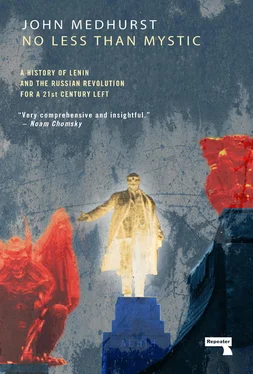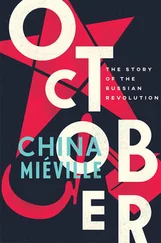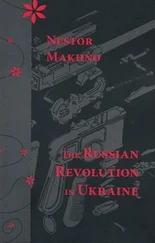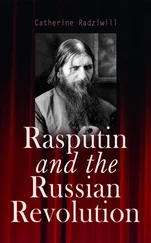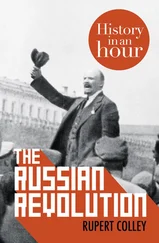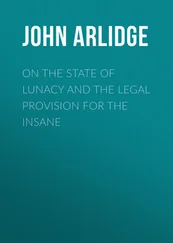The first act in which the state really comes forward as the representative of the whole of society–the taking possession of the means of production in the name of society–is at the same time its last independent act as a state. The interference of the state power in social relations becomes superfluous in one sphere after another, and then dies away of itself. The government of persons is replaced by the administration of things and the direction of the processes of production. The state is not “abolished”, it withers away . 16
The “withering away of the state” was a beguiling vision, although Engels was vague about the transition period. Lenin condemned any notion that the “withering away” might be a cumulative process, “a vague notion of a slow, even gradual change, of absence of leaps and storms, of absence of revolution”. This reflected the revolutionary voluntarism of his Philosophical Notebooks and underpinned his conclusion that “the suppression of the bourgeois state by the proletarian state is impossible without a violent revolution”. 17Even in 1917 this argument was simplistic. The mid-19th-century state with which Marx and Engels were familiar was a much smaller and less complex entity than it would later become, and fulfilled far fewer functions (primarily revenue collection and military action). The modern state, although used in a variety of ways to safeguard ruling-class interests, is not simply and solely, as Lenin put it, “a product and manifestation of the irreconcilability of class contradictions”.
For Lenin, the state “consists of special bodies of armed men having prisons, etc., at their command”. But whilst this was a major aspect of what the state was, it was not all it was. Lenin’s world-view had been shaped by a one-dimensional experience of government and a curious lack of engagement with the politics of Western Europe. Although clearly “bourgeois”, the states of Western Europe were expanding and diversifying to include a range of civic and social obligations not integral to ruling-class interests, such as a basic form of primary and higher education, health and oldage insurance, conservation and environmental legislation, expanded suffrage, and some employment protections. The British 1906 Trade Disputes Act, which protected trade unions from losses incurred as a result of industrial action, was one such example.
These obligations and social services were not conceded out of kindness. Fierce social and industrial struggles had compelled bourgeois states to begin regulation of elements of capitalist society hitherto untouched. Marxists like Lenin considered these concessions bribes to buy off a “labour aristocracy”. Bribes or not the effect was the same–a lessening of the distance between the state and ordinary people and an expectation that they could influence and occasionally direct it. “Smashing” it so that something unknown and untested could replace it, something that would itself wither away in due course, seemed a dangerous fantasy.
Lenin’s faith in the ability of ordinary workers, regardless of their education or skills, to immediately take over every aspect of a technologically advanced capitalist economy was, as E.H. Carr wrote, “utopian to the point of naivety”. 18Lenin argued that, “given the economic prerequisites”–which he saw as universal literacy and the “training and disciplining of millions of workers by the huge, complex, socialised apparatus of the postal service, railways, big factories, large scale commerce, banking, etc.”–then it should be “quite possible, after the overthrow of the capitalists and the bureaucrats, to proceed immediately, overnight, to replace them in the control of production in the work of keeping account of labour and products, by the armed workers, by the universally armed workers”. 19In later years, as Chair of Sovnarcom (the Soviet government), he would ignore the vision of The State and Revolution and insist on the need for well-paid bourgeois specialists to make the economy run efficiently.
Lenin put so much effort into preparing for revolution that he neglected to plan for its aftermath. Of the great theorists of the Second International only Bebel had sketched what a post-revolution society might look like. Of the reformists only the British Fabians and the Swedish Social Democrats had done serious policy planning, which in Sweden led in the 1930s to the introduction of extensive jobs and housing programmes, maternity benefits, index-linked pensions and paid holidays. These were underpinned by the radical economic policies of Knut Wicksell’s Stockholm School, early Keynesians who advocated investment and reflation to attack unemployment and rebuild the economy. In comparison, British Labour leaders like Ramsay MacDonald believed that socialism would arise organically from “the well-defined processes which the living social organisation allows”.
MacDonald’s Socialism: Critical and Constructive (1921), written three years before he became the first Labour Prime Minister, was an eloquent critique of capitalist inefficiency and irrationality. Although he criticised both Marxism and syndicalism, he concluded that “Labour and capital cannot be reconciled within the capitalist system”. But his proposals to supersede capitalism were undefined. “Society itself”, he wrote, “is steadily stepping in and is gaining authority over itself by controlling the material powers and organisation of Capitalism”. 20Not surprisingly, when confronted in 1931 by an economic crisis stoked by powerful elements of that society (the City and New York banks, who offered rescue loans on the condition of massive cuts to social spending), MacDonald and his allies wilted like dead flowers.
Although motivated by an entirely different vision of socialism, Lenin’s unpreparedness for power was of the same order as MacDonald’s. While far too many of today’s left exhibit the same unpreparedness and lack of interest in the specifics of a post-capitalist economy, some have taken up the challenge and proposed models for a non-capitalist world. One of the most interesting is Michael Albert’s model of Participatory Economics, or “Parecon”. Parecon is a vision of a decentralised, non-market economic system based on the common ownership of the means of production, in which participatory decision-making at all levels allocates resources in different enterprises and organisations to achieve communally determined ends.
The basic model constructed by Albert has three defining characteristics: participatory decision-making, or self-management, of all aspects of social and economic life; “Balanced Job Complexes” designed to produce an equitable division of labour, so that all individuals enjoy a broadly equal level of empowerment within the work environment; and compensation for effort and sacrifice, i.e. more compensation for unpleasant and demanding work as against work that is less so (although with many exemptions for disability, carers, etc. who would be remunerated according to need). The requirement to perform socially useful work would, in a Parecon, occur in the context of a society providing free healthcare, education, training etc., and the freedom to choose between jobs in democratically structured workplaces.
Albert’s work on Parecon was original enough to win the 2004 award from the International Scientific Committee of the prestigious Pio Manzu Centre. In his statement accompanying the award, Pio Manzu’s President, Mikhail Gorbachev, said that Parecon “constitutes the most powerful and fully articulated challenge to the current models of socio-economic thought, and Albert’s outstanding merit is that he has indicated a major new highway in economic organisation as a feasible proposition”. But whilst Parecon suggests the kinds of economic governance possible in a post-capitalist world, it is not without serious flaws. Its refusal to countenance any role for the market is problematic. It is hard to see how its plan for deciding exactly how many goods need to be produced in any forthcoming year–down to numbers of shoes and socks–would not become a cumbersome bureaucratic exercise, no matter how participatory or how sophisticated its computer modeling.
Читать дальше
